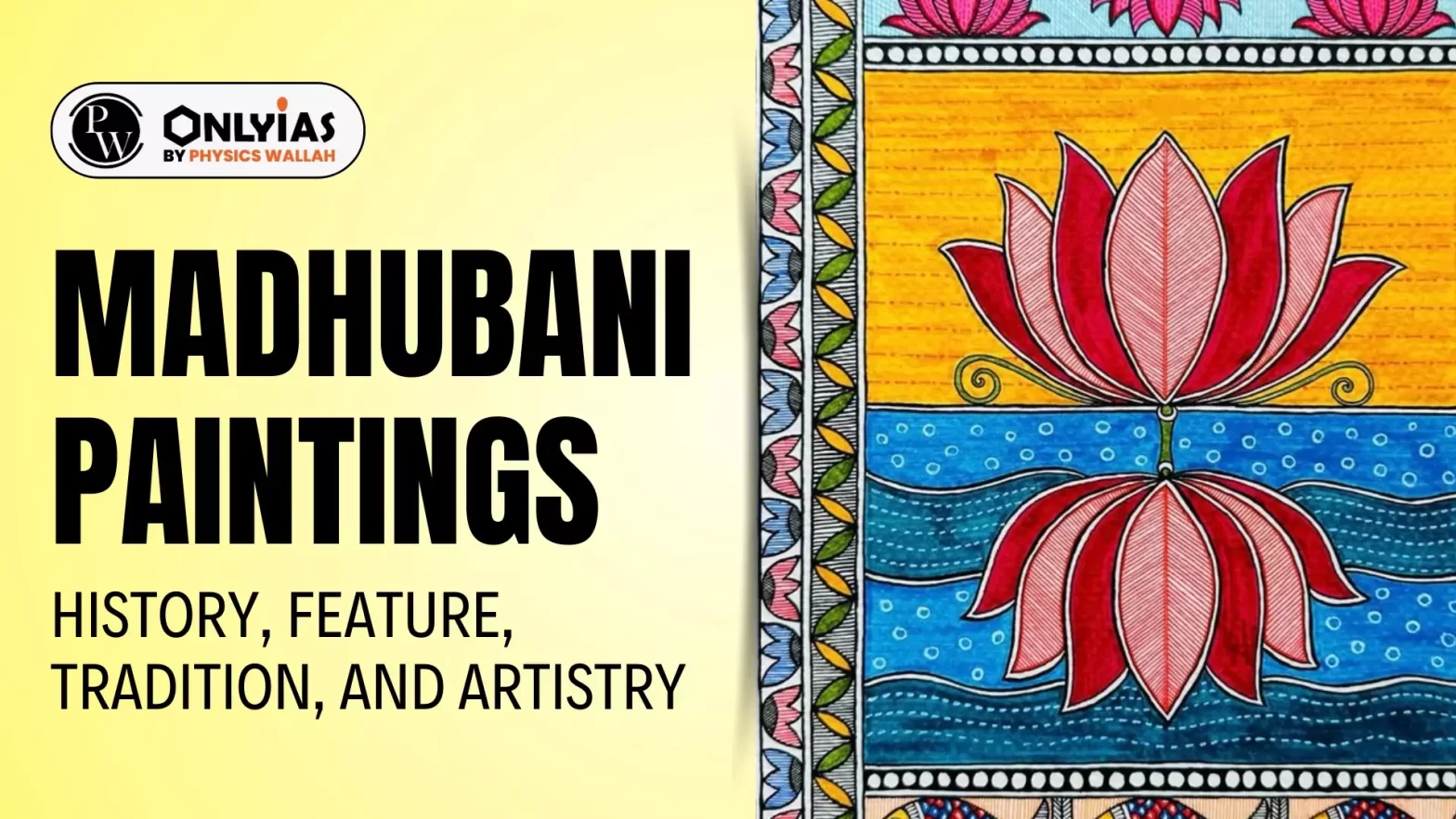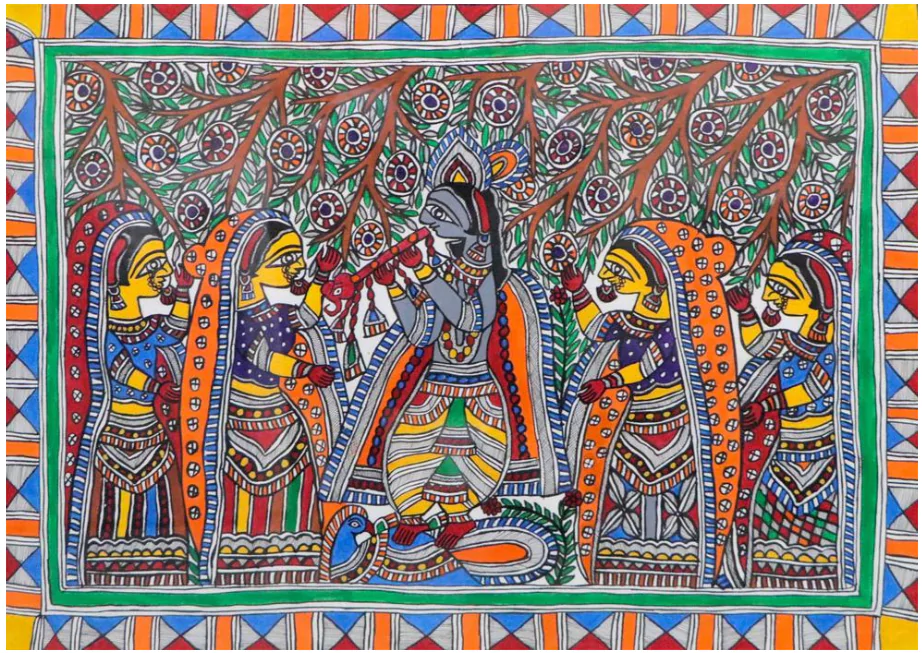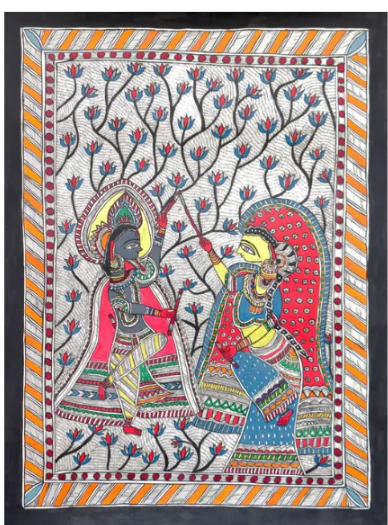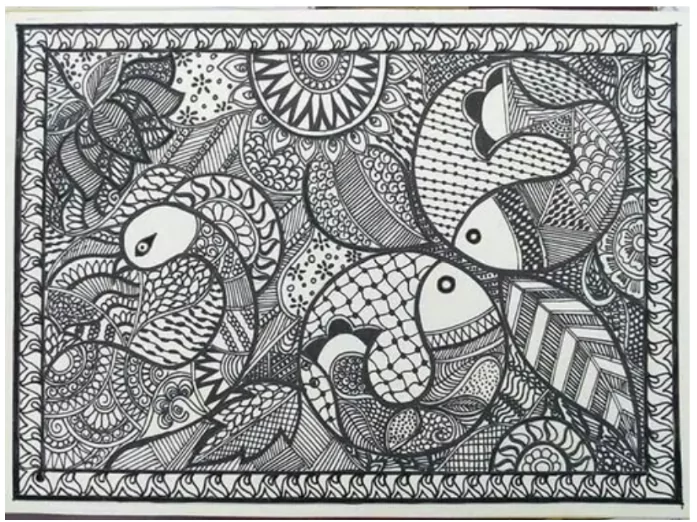![]() PWOnlyIAS
PWOnlyIAS
![]() March 01, 2024 05:55
March 01, 2024 05:55
![]() 734
734
![]() 0
0
Discover the rich history, intricate features, and vibrant tradition of Madhubani paintings. Explore famous artists, styles, and government initiatives.

Madhubani Painting, additionally known as Mithila painting, is a cherished people Painting form originating from the Mithila region of Bihar, India. This complex style of painting is renowned for its vibrant colorings, geometric styles, and depiction of Hindu mythology, nature, and everyday life scenes.


| Style | Description |
| Tantrik
|
|
| Kohbar
|
|
| Bharni
|
|
| Godna
|
|
| Katchni
|
|

| Name | Description |
| Sita Devi |
|
| Ganga Devi |
|
| Bharti Dayal |
|
| Leela Devi |
|
| Shashi Kala Devi |
|
| Must Read | |
| NCERT Notes For UPSC | UPSC Daily Current Affairs |
| UPSC Blogs | UPSC Daily Editorials |
| Daily Current Affairs Quiz | Daily Main Answer Writing |
| UPSC Mains Previous Year Papers | UPSC Test Series 2024 |
<div class="new-fform">
</div>

Latest Comments